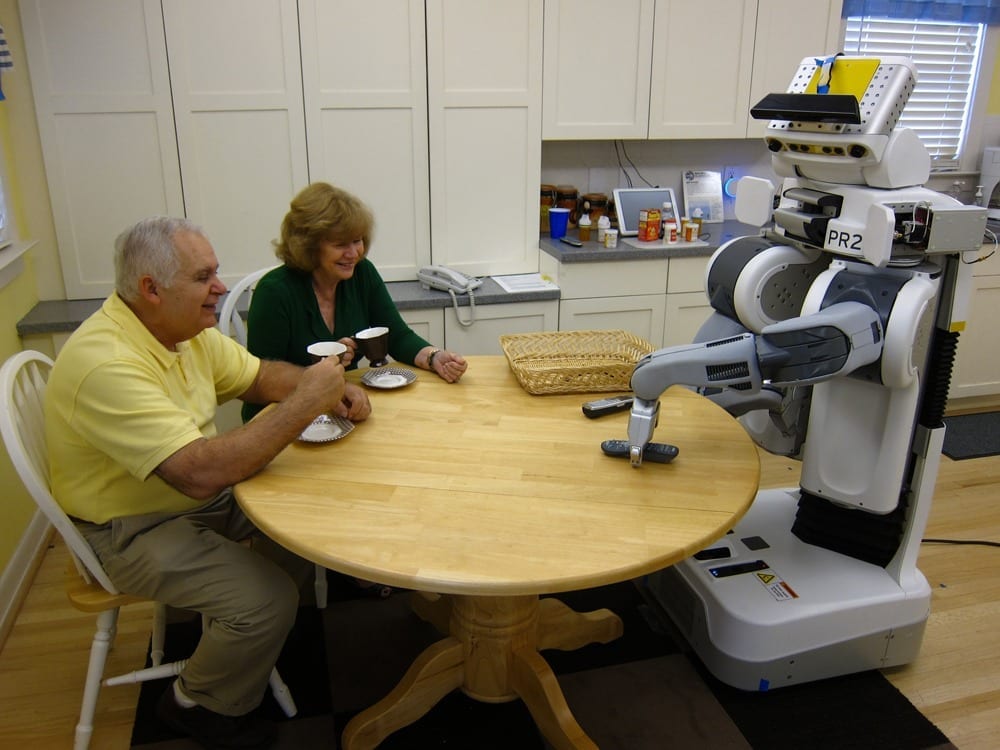Designing with Vision
Constraints on creativity imposed by computer-aided design (CAD) tools are being overcome, thanks to a novel system that incorporates eye-tracking technology.
‘Designing with Vision’, a system devised by researchers at The Open University and the University of Leeds, is breaking down rigid distinctions between human and machine. This should help designers to recover intuitive elements of the design process that are otherwise suppressed when working with CAD.
Traditional design tools, such as pen and paper, are increasingly being replaced by 2D and 3D computerised drawing packages. The uptake of CAD is helping to increase productivity and improve the quality of designs, reducing errors and unnecessary wastage when the goods are made.
However, the switch to CAD may have a downside too. The introduction of digital technologies often forces people to change how they work so they fit with the technology, rather than the other way around. In creative disciplines, this inevitably constrains the results produced — a scenario that would be a disaster for designers, according to Steve Garner, Professor of Design at The Open University.
“Creativity is a fundamental building block of the design process,” Professor Garner said. “The eye-tracking system identifies which part of the design sketch the user is drawn to, making the human-machine interface far more fluid. The result is a synergy between human ingenuity and machine-based digital technology.”
Professor Alison McKay, Professor of Design Systems at the University of Leeds, said: “The digitisation of design could potentially stifle innovation and exclude people with a lot to offer but who work in ways that are not compatible with machines. Instead, we want to create digital design systems that are themselves designed in response to the needs of real designers.”
In the ‘Designing with Vision’ project, researchers focused on an early stage in the design process that involves drawing, viewing, selecting and manipulating shapes. This process is common to designers working in areas such as fashion, graphics and consumer goods packaging.
Designers who work with shapes tend to intuitively home in on certain areas in initial sketches, using these as a starting point to move forward. However, this element of subconscious selection is difficult to replicate with CAD, because the software package is unable to ‘see’ what might be catching the designer’s eye.
To redress this, researchers added eye-tracking technology to a CAD system, giving the digital technology a more fluid human-machine interface. This produced a design system that could identify and select shapes of interest automatically within a drawn sketch, according to the designer’s gaze.
Read more . . .
Bookmark this page for “Computer-Inspired Creativity” and check back regularly as these articles update on a very frequent basis. The view is set to “news”. Try clicking on “video” and “2” for more articles.









